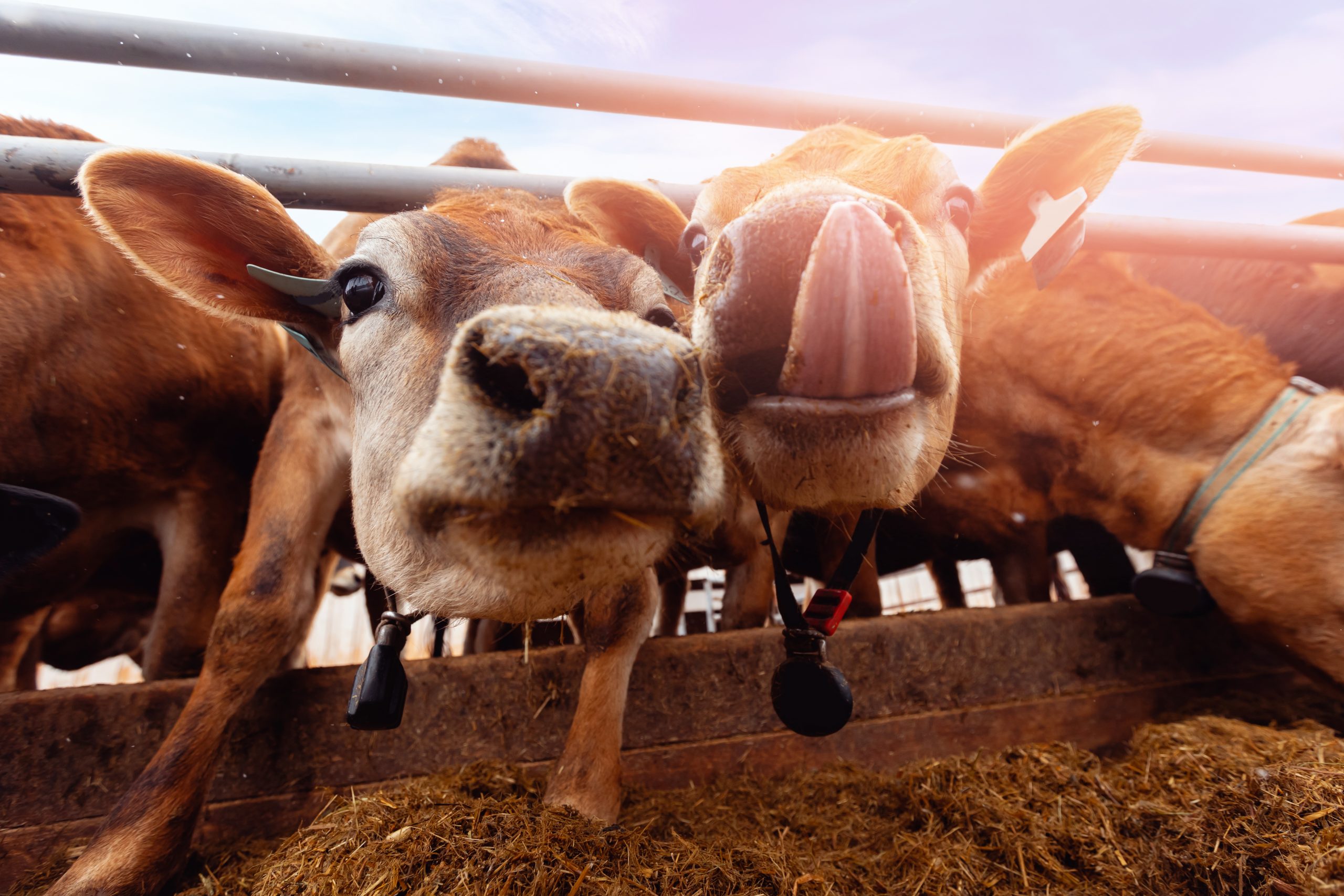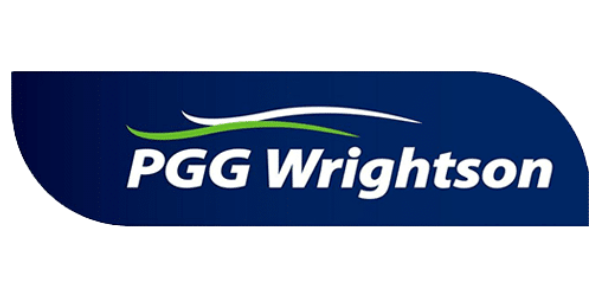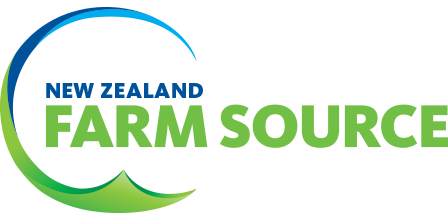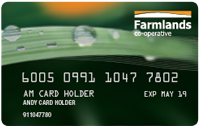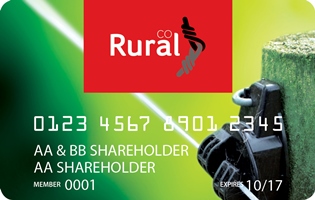Articles
Why Cheap Calf Meals Are Not Low Cost
Why Cheap Calf Feeds Are Not Low Cost
By Natalie Chrystal, Nutritionist
Most of us have heard the saying “there’s no such thing as a free lunch” and this is certainly true of calf meals and other livestock feeds.
Making carefully considered decisions around the purchasing of raw materials for inclusion in feeds does help feed manufacturers to keep costs down for their customers. However, most feed ingredients are commodities traded on the open market and there is limited opportunity to secure dramatic discounts in price. When commodities are unusually cheap, there is generally a reason for this; they might be out of specification, expired or in the case of grains and other feed ingredients, may contain moulds, toxins, or other undesirable contaminants.
When commodities are purchased at market prices then there are only two ways in which a feed manufacturer can reduce feed cost. The best way for feed manufacturers to do this is for them to be as efficient as possible, reducing the variable costs associated with feed manufacture and dividing their overhead costs over as many tonnes of feed as possible.
The second way in which feed costs can be reduced is to reduce the specifications of the feed – in particular, those which customers are unlikely to focus on. When this happens, what appears to be a cheap feed often ends up costing you more, as calves take longer to reach weaning or saleable liveweight and may be more susceptible to disease.
So, what should you, as a calf rearer be looking for when you choose a calf feed? Palatability, protein levels and a coccidiostat are the first things that spring to mind for most of us. Although these are all important considerations here are a few aspects of calf nutrition which are worth thinking about but which are often not discussed or where new information has recently come to light.
How much starch is in the feed?
Although we tend to focus on the protein levels in calf feeds (e.g. 20% or 16%), the key nutrient in any calf feed is starch. This is because starch fermentation results in the production of butyrate and propionate, two volatile fatty acids which have been shown to have the greatest positive impact on the development of the finger like papillae that line the inside of the rumen.
These papillae provide an extensive surface area for the absorption of volatile fatty acids produced in the rumen, ensuring that these valuable energy sources are readily available to those body tissue or productive functions which require the energy they provide. These papillae also play an important role in helping to maintain a healthy rumen pH as they move the acidic volatile fatty acids out of the rumen, helping to prevent a drop in rumen pH.
Although acetate, formed from the fermentation of fibres such as those found in hay, straw or even soya bean hulls, does encourage some papillae development, this volatile fatty acid is far less efficient at stimulating their growth.
Recently, researchers in the USA (Quigley, 2018) reviewed the effect of nutrient intake on the digestibility of calf feed. These researchers concluded that cumulative intake of non-fibre carbohydrates (NFC), which includes starch, sugars and some other simple carbohydrates, appears to be a critical factor in the development of digestibility of the both the non-fibre carbohydrates, but importantly of the of complex fibre fractions (such as NDF) of a feed. These researchers estimated that rumen development was not sufficient to allow for optimal extraction of nutrients from hard feeds until such time as calves had eaten a minimum of 15kg of non-fibre carbohydrates. The consequences of this, for the calf in terms of both growth rate and efficiency of utilization of feed, are significant.
It is possible to calculate NFC from the NDF, crude protein, fat, and ash contents of a feed* and some examples are given in Table 1. If you do not have enough information to do this calculation a quick simple way to assess this is to look at the starch content of the feed. Starch forms a large proportion of the NFC found in feeds and will thus give a good indication of whether a feed contains high or low levels of NFC and most feed producers will be able to provide you with the starch content of the feed you are purchasing.
Table 1: Calculated NFC content of feeds differing in NDF and fat content.
|
High Fibre |
High Fibre & High Fat |
High Starch |
|
| NDF (%) |
25 |
25 |
10 |
| CP (%) |
20 |
20 |
20 |
| Fat (%) |
4 |
6 |
4 |
| Ash (%) |
7 |
7 |
7 |
| NFC (%) (calculated) |
44 |
42 |
59 |
As calves need to consume a minimum of 15kg of non-fibre carbohydrates before they are able to fully utilize hard feeds, calves fed higher fibre, low starch feeds need to eat more of these low starch feeds to achieve the same rumen development as calves on a higher starch, lower NDF feed (Table 2).
Table 2: Feed intakes for the three feeds shown in Table 1 which are required to achieve a cumulative 15kg NFC intake.
|
High Fibre |
High Fibre & High Fat |
High Starch |
|
| NFC (%) (calculated) |
44 |
42 |
59 |
| Feed required to provide 15kg NFC |
34 |
36 |
25 |
A less obvious, but equally important, implication of delayed rumen development resulting from feeding a high fibre, low starch feed is that valuable nutrients are not efficiently digested by the calf and are inevitably excreted in faeces as illustrated in Figure 1.
Crude protein or amino acids?
Mature ruminants have the unique ability to utilise non-protein nitrogen and low-quality protein sources and to efficiently convert this to high quality meat, milk or wool proteins. They can do this because microbes present in the rumen are able to breakdown and/or utilise these nitrogen sources, combining them with carbohydrates to produce more microbial protein. This microbial protein washes out of the rumen and provides the mature ruminant with a high-quality source of protein, rich in essential amino acids.
In contrast, young calves are essentially monogastric (like pigs, chickens and even humans) and they do not have the ability to efficiently utilise these low-quality protein sources. For optimal growth and development, it is essential that young calves are fed a diet which contains high quality, readily digestible protein sources like canola and soya.
Although feeds like DDGS are high in protein, due to the processing technologies used in their production the amino acids in DDGS are less digestible than those found in soya and canola. For example, the digestibility of lysine and methionine (two essential amino acids which play an important role in growth of muscle tissue) found in soya is approximately 90% in pigs and poultry. In contrast the lysine found in DDGS is only around 55% digestible, while methionine is approximately 75% digestible by pigs and poultry. This difference in digestibility is reflected in the price of these raw materials. In practical terms this means that although you might have a stated minimum protein level in your feed a large proportion of the key building blocks making up this protein are unavailable to the calf.
Over time we have become accustomed to thinking about calf feeds in terms of the amount of crude protein they contain. However, if our objective is to optimise animal performance, in particular lifetime productivity of our dairy heifers, we should give more consideration to the quality of the proteins included in our calf meals, choosing protein sources like soya, canola and peas as the major protein sources for our calves.
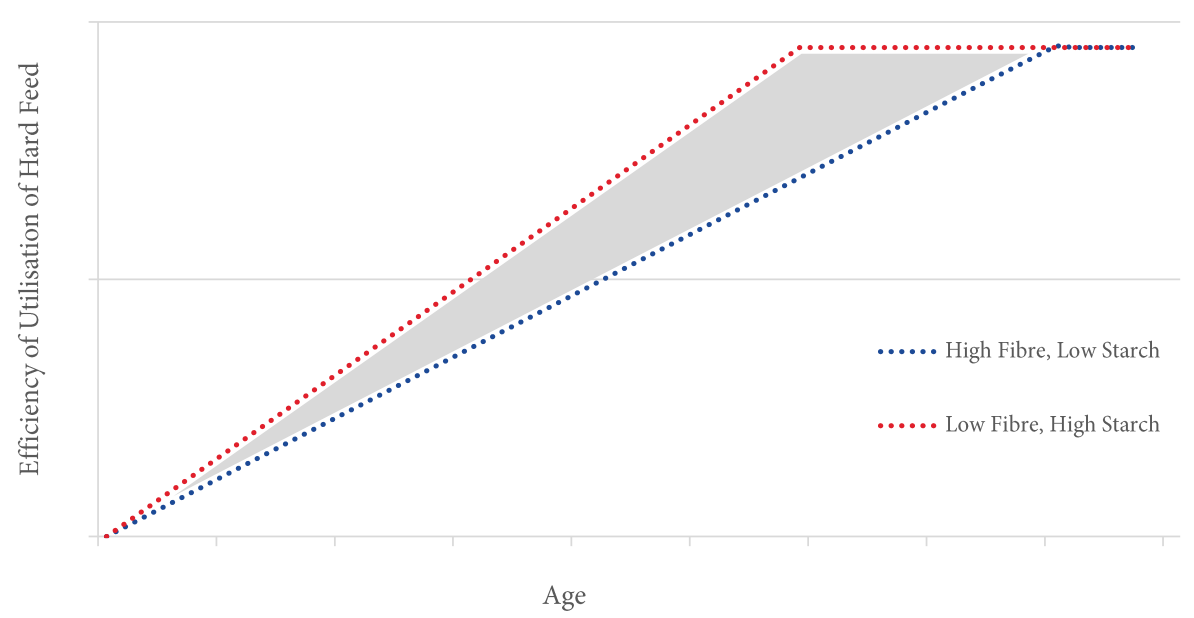
Figure 1: Effect of feeding a high fibre, low starch feed compared to a low fibre, high starch feed on change in efficiency of utilization of hard feed.
Rumen development occurs more rapidly in calves fed low fibre, high starch feeds than for calves fed high fibre, low starch feeds. Consequently, efficiency of utilization of hard feed increases more rapidly for calves fed high starch feed (red line) compared to high fibre feeds (blue line). Calves on high starch feeds are thus able to absorb more nutrients from the feed earlier, leading to better growth rates and improved feed efficiency and ultimately more cost-effective growth.
Choosing your calf feed
With feed making up a reasonable proportion of the cost of rearing a calf to 100kg, the price of a calf feed is an important consideration for anyone rearing calves. But, to get the best value from the feed you choose, it is important to take the time to look beyond the conventional measure of a quality calf feed.
As a minimum, a good quality calf feed should be palatable, PKE free, have added vitamins and minerals and will contain a coccidiostat. A premium quality calf feed will contain high (over 45%) levels of starch, with protein from highly digestible soya, canola and peas. It is inevitable these premium feeds will cost more than poorer quality meals when assessed only on a dollar per tonne basis – but, the improved performance of calves during rearing and throughout their lifetime will more than compensate for the extra $20 you spend per calf on a premium quality product.
We’re here to help!
The Sgt Dan Team has a wide range of experience and contacts and are happy to help answer questions and/or provide additional information to help you get the best out of your feed. If we can help in any way, contact us. We’re here to help.
* NFC = (100 – (% NDF + % CP + % Fat + % Ash)

